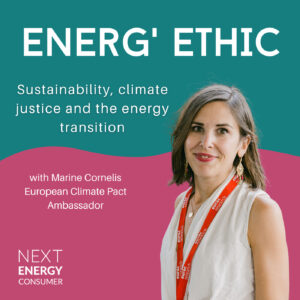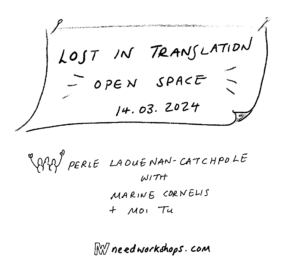This blog was originally published on 1st December 2017 in Energy in Demand, a great website for all the energy-geeks around here.
The Market Design part of the “Clean Energy For All” package will be adopted in the first part of 2018. The European Commission affirms the intention of the “Clean Energy For All” package is to put the consumer at the centre. But is the package truly going to deliver and make profound changes in consumer lives?
The Clean Energy Packages to be adopted in 2018 aims to provide new opportunities for consumers. They include a large rollout of smart meters, different data management and data formats, the access to demand response and aggregators, the possibility to become active customers, including through local energy communities, and the entitlement to dynamic contracts. It means not only that consumers will be able to engage and get involved in projects, but also that new services and product providers are going to emerge or take off.
However, data published earlier this year by NEON, the network of energy ombudsmen and ADR bodies, show that more than a third of the complaints are about the invoice and the invoicing processes. In other terms, it means that the consumers who make their way to their respective public Ombudsmen have difficulties to understand the details of the bills they receive each month. In the meantime, data published in 2015 by the European Commission highlighted that an average of nearly 11% of the EU population is in a situation where their households are not able to adequately heat their homes at an affordable cost.
Given this information, in some respect, there’s no sense in forcing the overly uninterested, unable-to-afford consumers to entering the system. New rights provided by the Clean Energy Package might be the new toys for the rich and savvy, that only a bunch of happy few will be able to enjoy. Are we artificially creating a system where only a few will manage to navigate?
But here comes the energy transition. All the new options listed above aim to serve this bigger objective, in order to make the EU energy sector more sustainable, efficient and make substantial energy savings. We can assume that when consumers are able to save money and pay less, they will be happier, and the number of complaints will drop. But they should understand and be aware that energy efficiency efforts will allow this, they should be aware of the benefits of those investments. Well-targeted and trustworthy information is key to engagement. Consumers not only have to know the benefits, they have to know they can put their faith in the intermediaries, the contractors, the providers, and suppliers. In this respect, the right to complain and get easy redress has to be guaranteed, they have to know that their contractors or newly formed community won’t file for bankruptcy and leave overnight with their money. However, currently there is no single point of contact and single problem-solver for all consumers disputes: all aspects (such as the construction part), all products and all services (IT tools) are not covered or handled by one single Ombudsman or ADR entity, and this might lead to confusion and disengagement for consumers if they know their rights can’t be enforced.
In a similar vein, we have to acknowledge that consumers are stingy when dealing with not “sexy” or “interesting” things such as energy efficiency. Nothing looks more like a kilowatt-hour than a kilowatt-hour. Therefore, policymakers shall not ask them to pay too much out of their own pockets, and should, on the contrary, make financing easily available and accessible. Energy efficiency investments are expensive and supposed to deliver long-term benefits. It is not evident that consumers see energy efficiency as the first rational choice to make, in particular when their budget is tight and when they have to choose between heating and eating. We can’t expect consumers who are already making big efforts to spend little on their energy consumption to have enough disposable money to invest and limit their consumption.
So when designing the future of energy, policymakers should keep in mind that many consumers are not able to make energy efficiency improvements in their homes, because they are tenants, because they lack disposable money or because they live in poorly insulated multi-apartment buildings, etc. This situation is likely to create an even bigger financial gap between those who can afford and those who can’t. It is probable that those who would most benefit from those new options and energy efficiency investments are not the ones who can afford them. Therefore, all the new rights provided by the Clean Energy Package, in particular, energy efficiency, have to be affordable, since living in an energy efficient home should not be a luxury. Policies have to take into account this variety of situations, enable many types of investments and provide guarantees. There’s no one-size-fits-all solution for local policy and individual consumers. To allow investment, we must ensure trust in the system, and this leads to the question of accountability of the proposed offers and political decisions and governance.
Furthermore, ’Smart technologies’ for energy efficiency (such as smart meters and smart appliances) are claimed to offer benefits to consumers. Yet they raise numerous questions about their true potential to deliver tangible benefits to consumers, including risks related to cost increases. As any other commercialised product, energy efficiency goods and services have to be easily comparable and trustworthy in order to make the best long-term choices.
When making an investment, never, ever expect consumers to compromise comfort and security over savings. Comfort is meant to remain the number one choice, especially with the aging population. Hence, when designing a product, remember that consumers are entitled to get the best ratio between spending and savings. And if they know they can get more – not less – from the Clean energy package, this is a winning situation for all.



